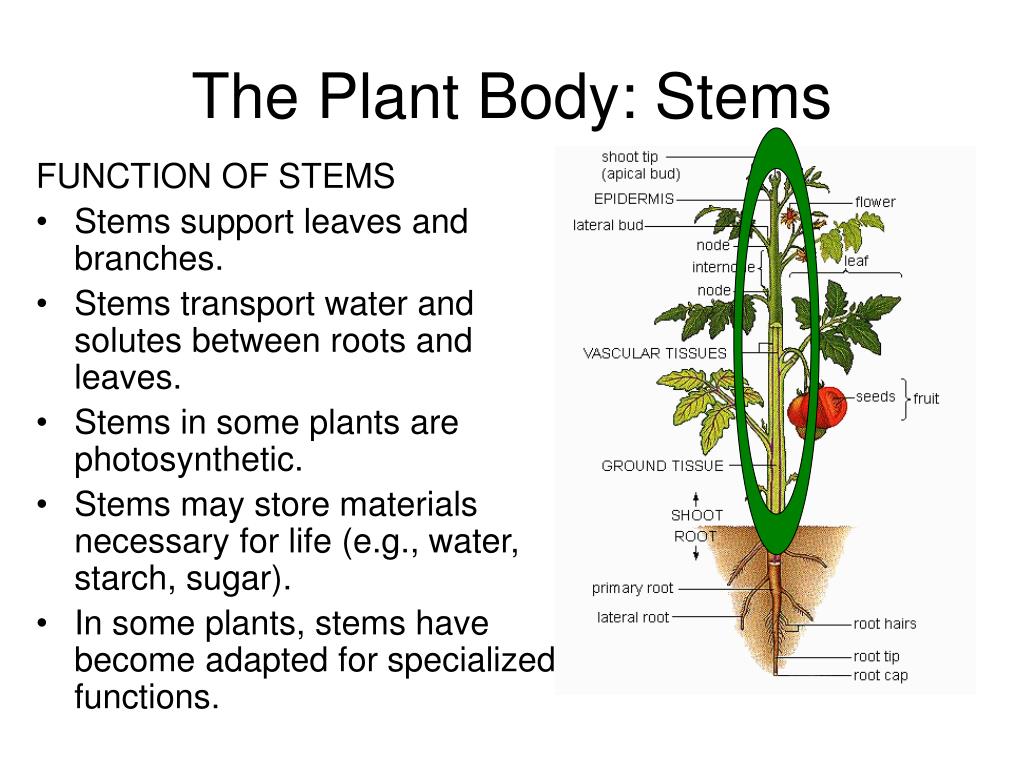As a horticulturist and plant enthusiast I’m fascinated by all aspects of plant anatomy and how form relates to function. Recently, I’ve been taking a closer look at bambino plants to understand what makes them grow and thrive. Specifically I wanted to explore the anatomy and functions of bambino plant roots and stems.
Bambino plants are dwarf varieties of larger ornamentals bred to be compact and suitable for containers Getting to know their root and stem structures provides insight on their growth habits and how best to care for them Let’s dig in!
Bambino Plant Root Systems
A plant’s roots serve several crucial functions, including:
- Anchoring the plant in the ground
- Absorbing water and nutrients
- Storing sugars and carbohydrates
To fulfill these roles, bambino plant roots have adapted in specific ways:
Root Structure
-
Fibrous roots: Bambinos have fine, fibrous roots rather than one large taproot. This allows them to absorb moisture and nutrients from the soil more efficiently.
-
Short roots: The roots only grow 6-12 inches deep on average. Their dwarf size means they don’t need extensive roots to anchor them.
-
Dense roots: Bambinos form a dense mat of roots relatively close to the soil surface to absorb water/nutrients from the container soil mix.
Root Growth
-
Fast initial growth: Bambino seedling roots elongate rapidly to quickly establish the plant. But mature root growth slows.
-
Continual root turnover: As older roots die off, new roots constantly generate, providing a healthy root zone.
Root Needs
-
Well-drained soil: Dense, soggy soil suffocates bambino roots leading to decline. Quick drainage is key.
-
Regular moisture: Shallow bambino roots dry out quicker than deep roots. Water when top inch of soil is dry.
-
Nutrient-rich mix: Supplement soil with compost or organic fertilizer to fuel the hungry fibrous root system.
In short, bambinos need room for their compact but abundant roots to maximally absorb moisture and nutrients.
Bambino Plant Stems: Structures and Functions
In addition to anchoring the plant and facilitating water/nutrient transport, bambino stems have added roles:
- Provide structural support by holding leaves/flowers up to sunlight
- Serve as the transport system between roots and leaves
- Store nutrients, sugars, and water for future use
Here are key facts on bambino stem anatomy and growth:
Stem Structure
-
Herbaceous: Bambinos have soft, green, non-woody stems compared to shrubs or trees.
-
Short stems: Stems typically reach 6-12 inches tall depending on specific variety. Again, compact size.
-
Multiple stems: Most bambinos have branched clusters of stems rather than a single main stem.
Leaf Arrangement
-
Alternate: Leaves arranged singly and alternating sides along each stem. Evenly exposes leaves to light.
-
Petioles: Short petioles (leaf stems) position leaves close to main stem for support.
Stem Growth
-
Rapid maturation: Stems elongate and branch rapidly as bambinos first establish.
-
Phototropism: Stems exhibit phototropism or growth towards light to maximize light interception.
-
Determinate: Most bambino stems cease elongation at maturity so plants remain compact.
Stem Needs
-
Support: Staking or caging helps prevent weak, lanky stems that topple over from leaf weight.
-
Pruning: Remove spent stems after flowering to encourage new growth.
-
Sun: At least 6 hours direct sun daily keeps stems sturdy yet compact.
The petite stature yet robust nature of bambino plant stems allows them to support full growth in containers and tight spaces.
Caring for Bambino Root and Stem Health
Now that we’ve explored their underlying anatomy, let’s look at techniques for optimizing bambino root and stem vigor:
-
Choose containers with drainage holes and use well-aerated potting mix to prevent waterlogging.
-
Water thoroughly when the top inch of soil dries out to keep roots hydrated.
-
Apply balanced liquid fertilizer monthly to fuel root and stem growth.
-
Situate bambinos in full sun to stimulate short, sturdy stems and prevent stretching.
-
Stake larger varieties or those in windy areas to avoid snapped stems.
-
Prune spent blooms and leaves to generate new growth.
-
Watch for root rot in overly wet soil and treat with fungicides if needed.
With the right care focused on their roots and stems, bambinos will reward you with compact, full growth perfect for containers and garden edges.
Final Thoughts on Bambino Root and Stem Anatomy
My deep dive into bambino plant roots and stems gave me a greater appreciation for how their physical structures and functions allow them to thrive. Their compact but abundant fibrous roots supply them with ample moisture and nutrients. Short, multiply branched stems support their petite size while also transporting water and nutrients efficiently. Understanding the anatomy and growth of bambinos’ roots and stems provides key insights on how to properly site and care for these dwarf dynamos. When provided with the right growing conditions, their specialized roots and stems allow bambinos to pack a visual punch.

You must cCreate an account to continue watching
As a member, youll also get unlimited access to over 88,000 lessons in math, English, science, history, and more. Plus, get practice tests, quizzes, and personalized coaching to help you succeed.
Get unlimited access to over 88,000 lessons.
Resources created by teachers for teachersOver
I would definitely recommend Study.com to my colleagues. It’s like a teacher waved a magic wand and did the work for me. I feel like it’s a lifeline. Jennifer B. Teacher
Plant Anatomy and Structure
FAQ
What is the function of stems and roots in plants?
What is the anatomy of plant stem and root?
What are the functions of roots and stems in aquatic plants?
What are the 7 parts of a plant and their functions?
